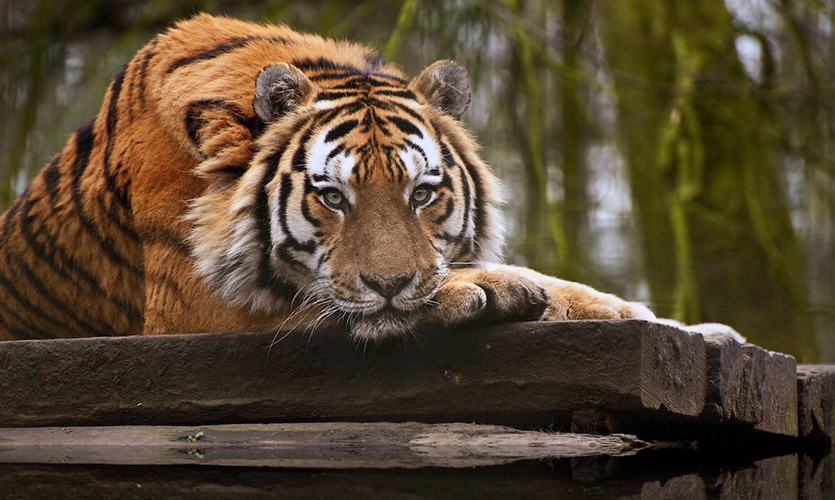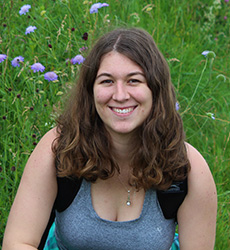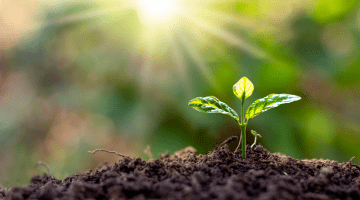Using forensic science to tackle illegal wildlife trade
Using forensic science to tackle illegal wildlife trade
More effective measures of detection are needed to help stop the trade in illegal animal products. An LJMU graduate is working on an innovative approach to address the problem.

The illegal wildlife trade is one of the biggest threats to endangered species. When it comes to trafficking, the UK is both a major destination and transit country. Border forces confiscate a wide range of illegal wildlife products including reptiles, endangered birds and eggs, corals, elephant and hippo ivory, tiger parts, and horns from rhinos. Unfortunately, demand for these products is on the increase with the internet making it easier for trade to take place. According to the WWF, there are approximately 20,000 African elephants killed by poachers each year and there has been an 8,900% increase in rhino poaching in South Africa since 2007.
While the number of seizures of illegal animal products is fairly high in the UK, more effective measures of detection are required in order to reduce trafficking. Alice Masters, a Liverpool John Moores University graduate, is working on an innovative approach to tackle the problem.
 Alice, who graduated with a BSc in Wildlife Conservation is developing a DNA test that will eventually help detect illegally traded wildlife products, specifically tiger parts. The outcome of her internship, funded by the People’s Trust for Endangered Species, will help in the identification of tiger parts commonly used in Traditional Asian Medicines that illegally enter the UK. Alice is working alongside the project’s primary investigator, Dr Nick Dawnay who is a lecturer in molecular forensics in the School of Pharmacy and Biomolecular Sciences at LJMU.
Alice, who graduated with a BSc in Wildlife Conservation is developing a DNA test that will eventually help detect illegally traded wildlife products, specifically tiger parts. The outcome of her internship, funded by the People’s Trust for Endangered Species, will help in the identification of tiger parts commonly used in Traditional Asian Medicines that illegally enter the UK. Alice is working alongside the project’s primary investigator, Dr Nick Dawnay who is a lecturer in molecular forensics in the School of Pharmacy and Biomolecular Sciences at LJMU.
Alice explains how the detection method works:
“This project uses a technique called DNA melt curve analysis. The approach uses a DNA fluorescent probe that is designed to match a specific region of tiger DNA but will not match regions in other species’ DNA. So when the DNA/probe hybrid is heated, if tiger DNA is present a peak (or peaks) will be visible at a certain temperature and this peak will be specific to tiger DNA. Therefore, if the sample contains tiger DNA, then this peak will be present.”
The end goal of the project is to collaborate with an industry group to adapt the system so it can be used by non-expert customs staff at borders and airports. This will have a big impact in the way inspections are currently carried out. Officials enforcing wildlife trade legislation have a difficult job due to the heavily processed nature of many of the items seized at borders during inspections. Products often need to be sent out to labs for identification which can be costly and time-consuming, taking several weeks or even months to get the results back.
By having a non-expert user DNA analysis system, police and custom officials will be able to screen Traditional Asian Medicines on site and carry out presumptive tests in under two hours to give them an idea of whether a product contains tiger or not. If further analysis is required, samples can then be sent to labs where the results can be used in court. Having this test at their disposal will enable officials to more easily identify and prosecute those responsible for the trade in endangered species.
One of the main challenges with the project is ensuring the test is sensitive enough to amplify and identify the presence of tiger material. The amount of tiger placed in these types of medicines can be difficult to detect as they can be very small and other substances can interfere with the results.
Despite the challenges, the team is looking forward to the real-world application of the project and Alice is keen to gain the skills and experience that will help her pursue a career in conservation genetics:
“This internship is giving me invaluable skills in genetics…To ensure this project is as impactful as possible and thereby increase my chances of employment I intend to submit the findings in a paper to the journal Conservation Genetics. This internship, depending on how it progresses and with the correct support could be turned into a PhD. If not, this experience will still be invaluable on my CV when I am applying for future funding or for PhDs.”
The work is planned for completion by the end of December 2017 after which the team will be able to approach industry and start discussions on the potential options for adapting the test for use outside the lab. While the project is still in the early stages, Alice has collected anecdotal evidence from custom officials that agree the analysis system would help them carry out their jobs more effectively. It looks very promising that this project will have a real impact in the fight against the illegal trade in animals.
| |
Did you know?
|
In addition to graduating with a BSc in Wildlife Conservation, Alice also received the Natural Sciences and Psychology Wildlife Conservation Prize.


